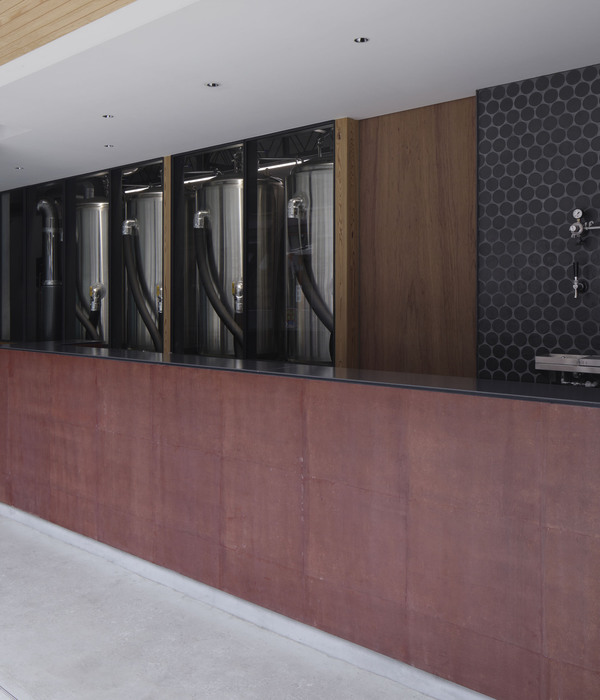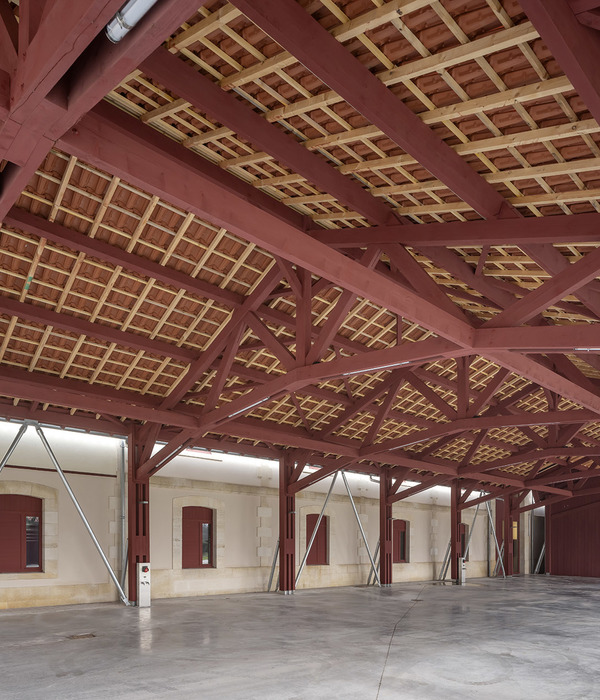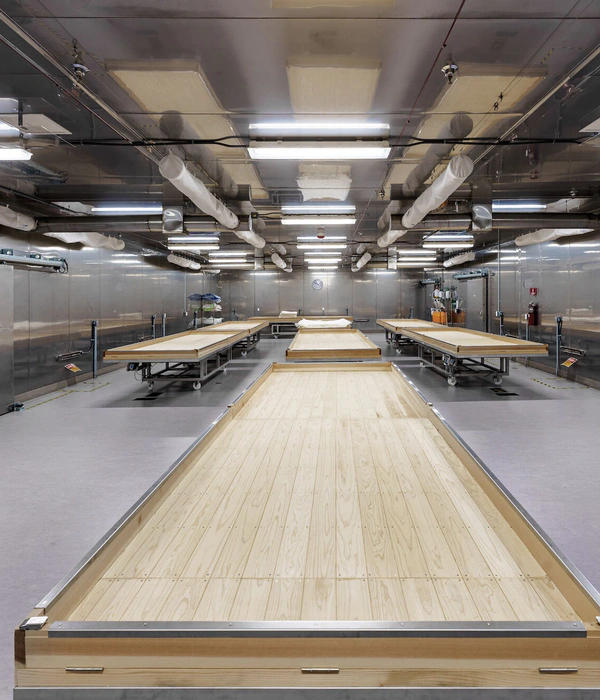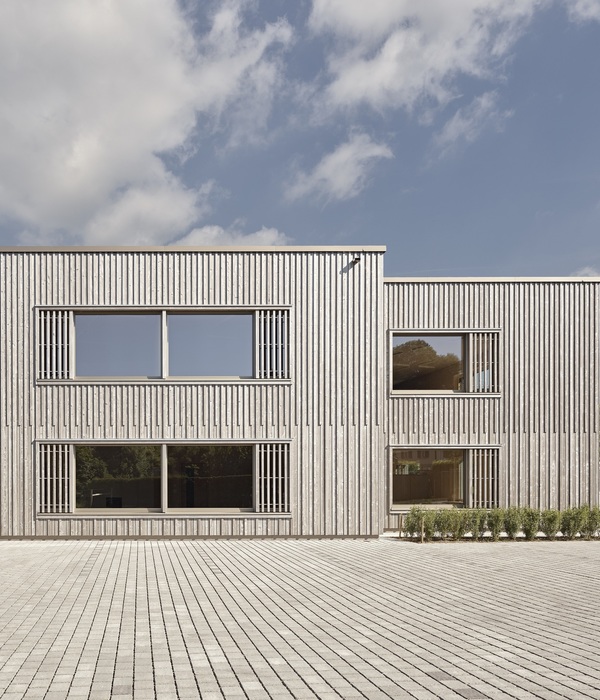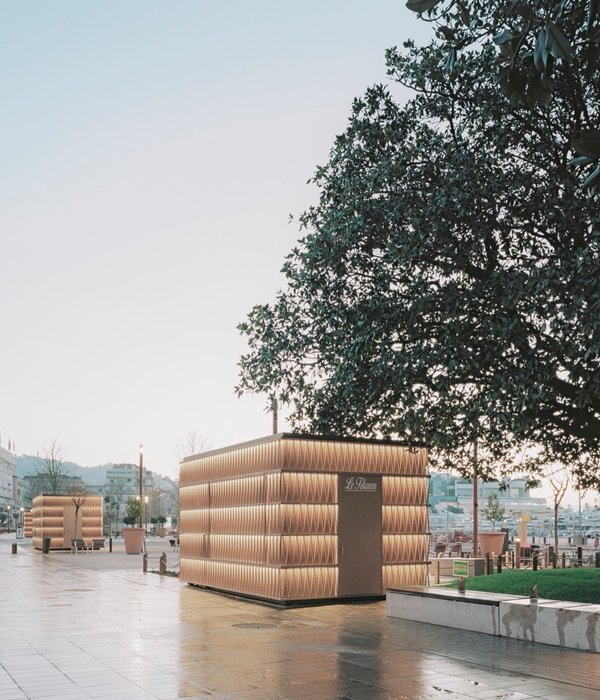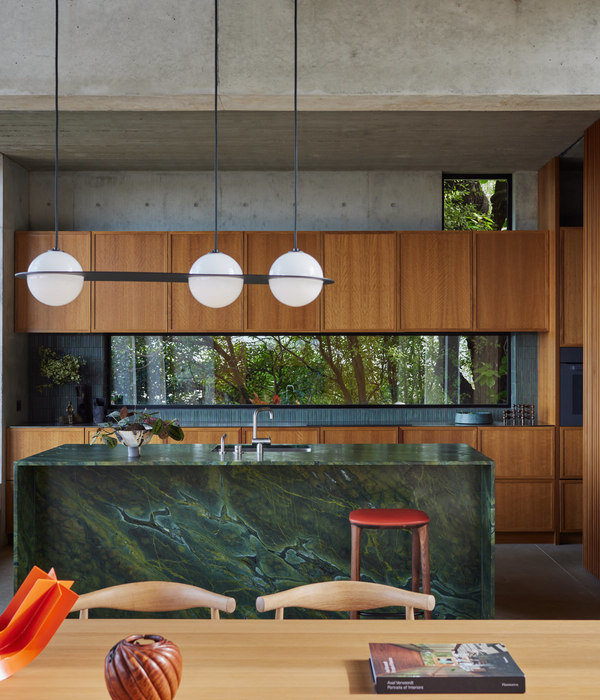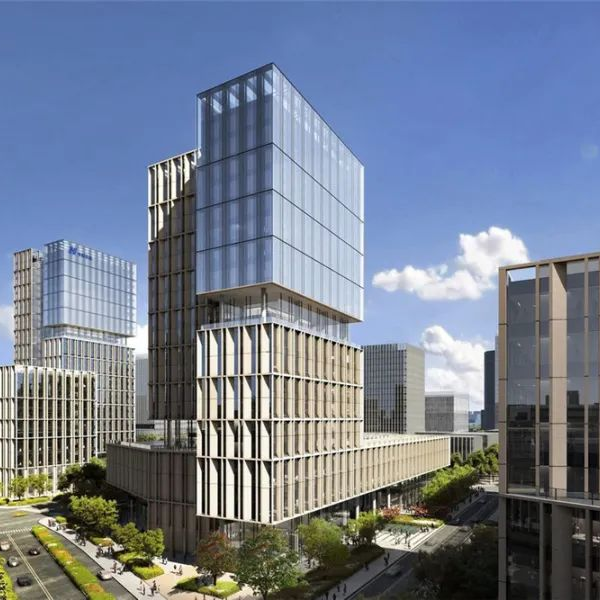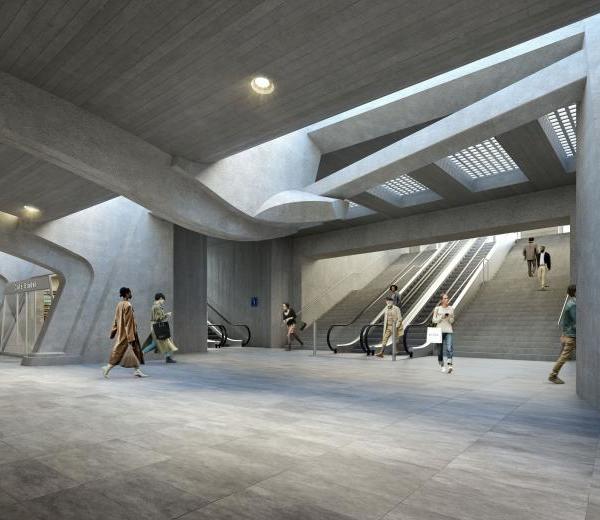Largely hidden for over 80 years, Alexandra Palace’s East Court and Theatre has reopened following the completion of a hugely ambitious, three-year East Wing Restoration Project funded by the Heritage Lottery Fund and Haringey Council. The regeneration of the Victorian Theatre and East Court of the People’s Palace reinvigorates this spectacular building and, through the discreet integration of technical infrastructure, enables it to become a significant theatrical and cultural venue for London once more.
The formerly neglected spaces offer their own particular delight and historic significance. Built on a monumental scale, and the twin of the West Wing’s Palm Court, the East Court was once a grand exhibition space, part of a wider experience of promenade and spectacle so beloved of the Victorian public. The 19th-century theatre, dark for over eighty years, bears a highly atmospheric patina of age. It is a true ‘found space’, a miraculous survivor of decades of disuse and the disastrous fire in 1980 that destroyed much of the Palace.
The spaces newly opened to the public will support and broaden the Palace's eclectic cultural programme, providing new ways for the public to use and enjoy the “People’s Palace”. The East Court is now open all day as a welcoming communal space, with a café and Creative Learning Zone for visiting schools groups to follow in the new year. Famed for its innovations in creativity, learning and public entertainment, visitors will learn about the extraordinary history of Alexandra Palace, the colourful characters who have made their name there and will have the chance to create their own connections and memories.
Matt Somerville, Associate at FCBStudios said: “When we first arrived it was clear that what makes these spaces unique, especially the theatre, was evocative legibility of its past: its use as a theatre, then a cinema, as a prop store by the BBC and its subsequent abandonment, these could all be read in the fabric of the building. This created a space with a very powerful character.”
"In bringing it back to life we’ve done an enormous amount of work so the Theatre can support a diversity of uses and formats it could never accommodate before – but most of this work is behind the scenes, hidden from view. Above all, it felt important not to erase the character of the space, that tangible sense of perspective across its 140-year history. We’ve added another distinct layer to that story, but it’s one of many.”
{{item.text_origin}}


